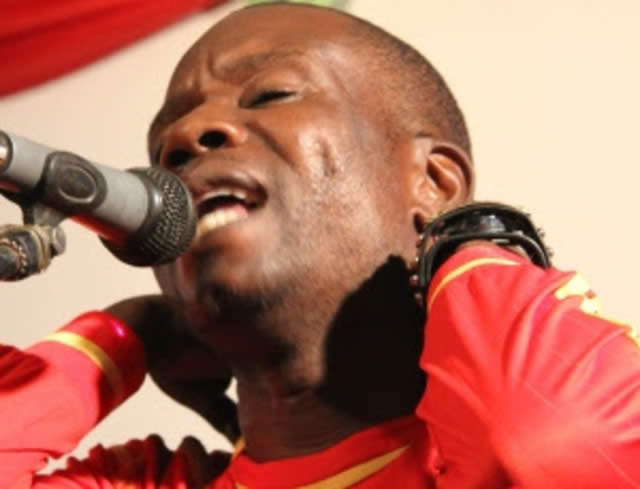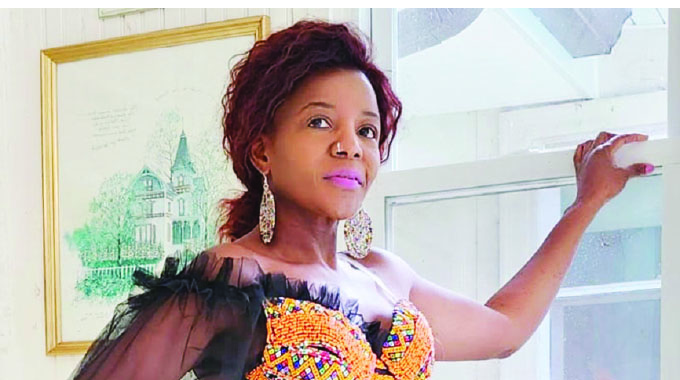Great favour for budding writers

Beaven Tapureta Bookshelf
A local publisher Weaver Press has done the Zimbabwean aspiring writers a great favour by releasing textbook covering important topics on literary criticism.
The recently published “Practical Criticism for A-Level Students of Literature” (Weaver Press, 2017) is like a writer’s guide focusing on the nuts and bolts of literary criticism.
According to the editors, the textbook is targeted at university literature students but chiefly at “students undertaking the ZIMSEC Advanced Level literature course in English, particularly as they prepare for the Comment and Appreciation paper . . . ”
Although intended to meet the requirements of the syllabus, the “brass tacks” of the textbook will help those with lifelong writing passions.
The growing number of talented budding writers outside the academia puts books like this textbook on demand as the publisher designed it also for “anyone interested in literature”. These budding writers sometimes learn the art of writing on their own, depending largely on free skills training workshops facilitated by local writers’ organisations, the internet or social media platforms.
However, there is certain impatience among the aspiring writers, leading them to forsake the learning phase and rush to self-publish before they learn more about the craft. The impatience is born of a struggle faced when choosing the right book that teaches literature. Normally, writer’s guides which have been available use difficult language and alien examples although they come with important topics for learners. The authors and texts referred to in these books are from outside, far removed from our socio-cultural context.
When the experienced writers emphasize on reading (local books) as inseparable from writing, they do mean it. Reading helps find one’s voice. And reading books such as this one under review helps broaden one’s understanding of literature, particularly Zimbabwean literature.
It is quite not proper to hear a budding or advanced writer vivaciously name-dropping foreign authors and book titles while they understand or have read none from their own country!
In “Practical Criticism”, the editors say that “there are texts from Europe, North America, and Asia, but we have focused on the literature of Africa, particularly Zimbabwe”.
This variety of locations is what makes the textbook enjoyable to the local student or beginning writer.
Zimbabwean authors whose works or extracts have been used include the seniors like the late Freedom Nyamubaya, the late Chenjerai Hove, Charles Mungoshi, Musaemura Zimunya, Julius Chingono, Petina Gappah, and the new crop of writers/poets such as Lawrence Hoba, Togara Muzanenhamo, Ticha Muzavazi and others.
The selection inspires the student writer to go further in reading complete works by the writers.
It is only in the area of drama that there seem to be no Zimbabwean work cited, making one wonder if this gap suggests we have not yet produced many dramatists over the years. Or maybe there has been a few plays published as books! However, this does not take away the essence of this textbook.
A brief history or introduction of fiction, poetry or drama is presented, and then extracts are used to demonstrate key points followed by critical questions which examine the student’s understanding. This book is best for the aspiring writers who are autodidacts because it is a “two-in-one” package, structured to serve the instructor and the student (at any level).
This great resource was compiled and edited by Jason Pearlman, Taurai Chinyanganya, Kevin Hanssen, Njabulo Mbono and Irene Staunton.







Comments